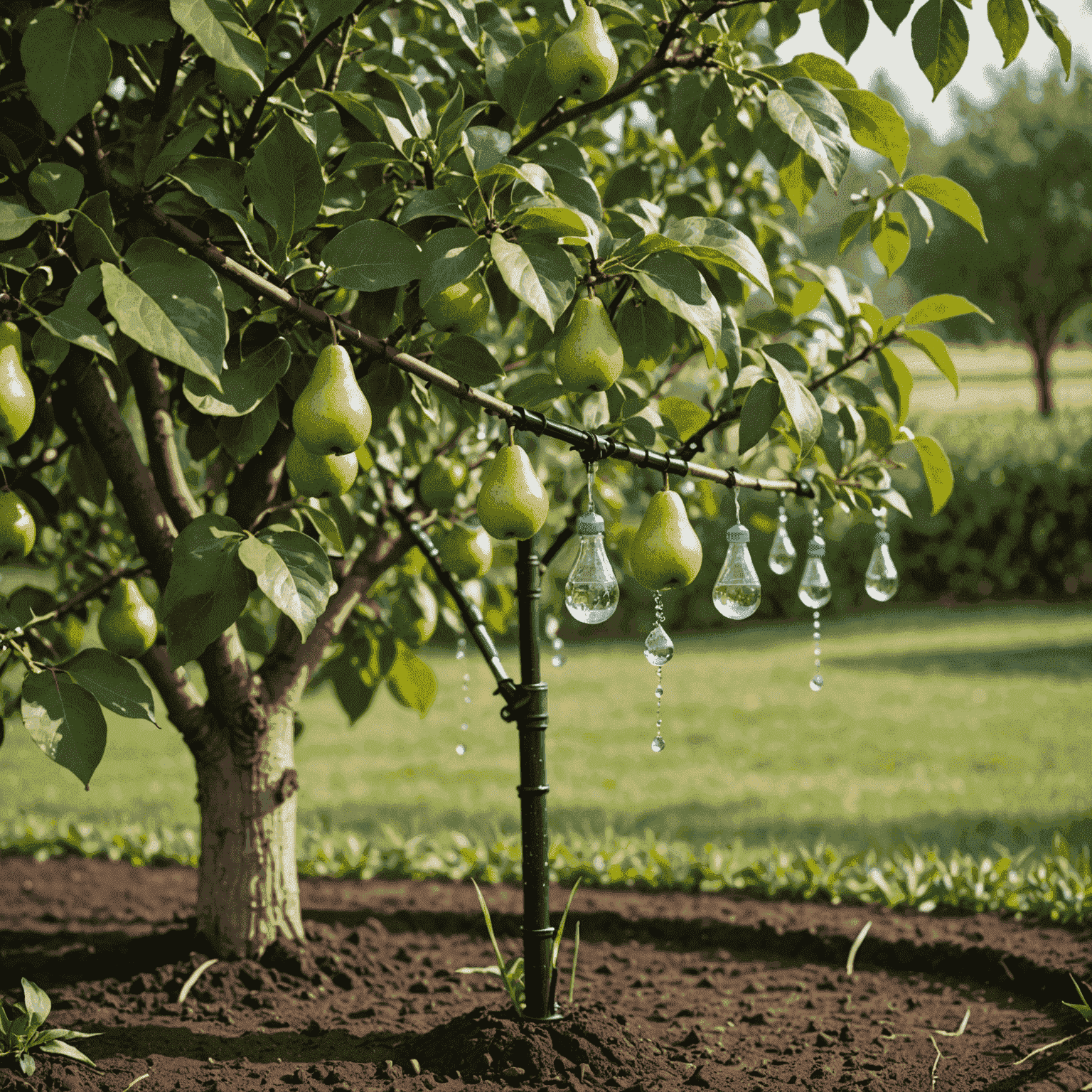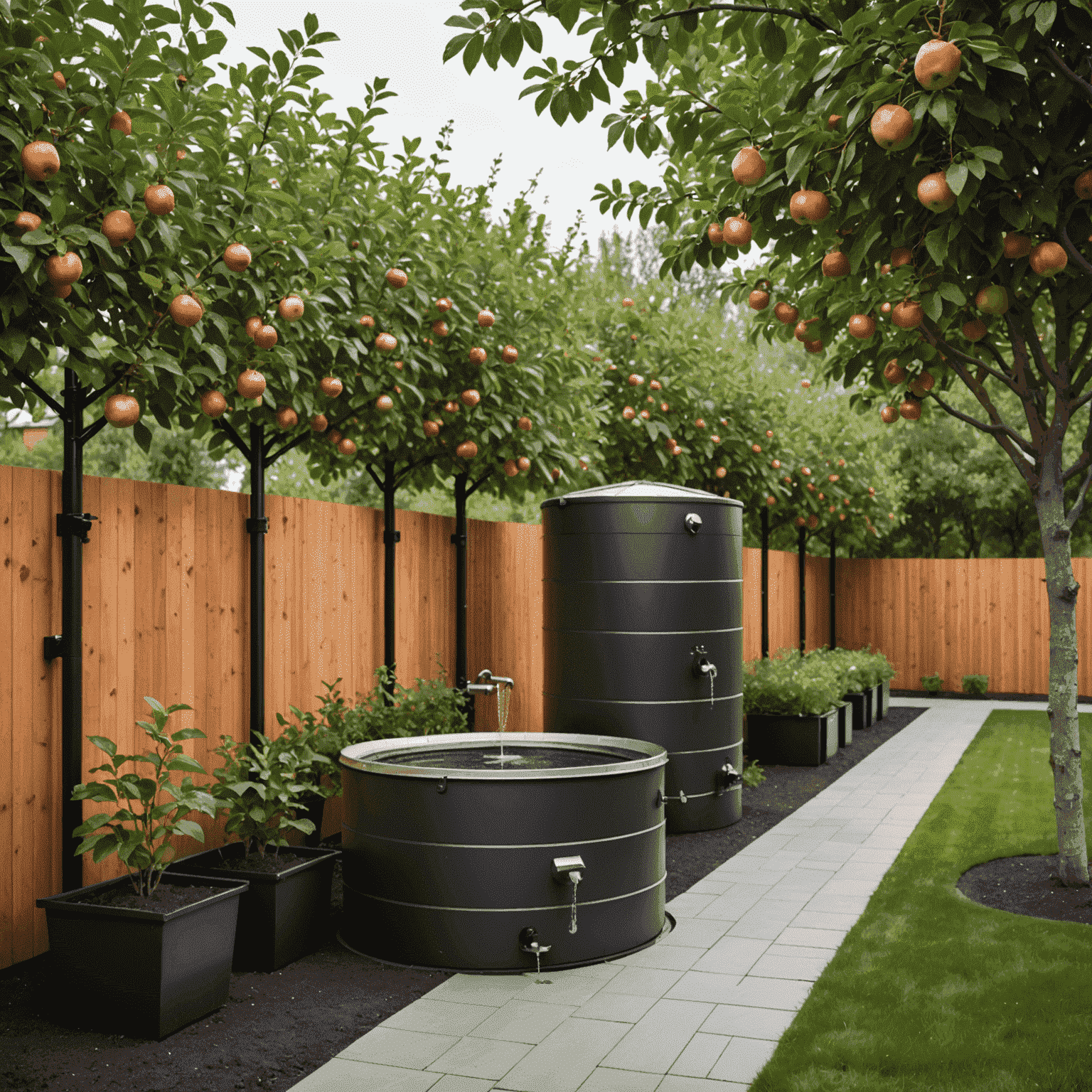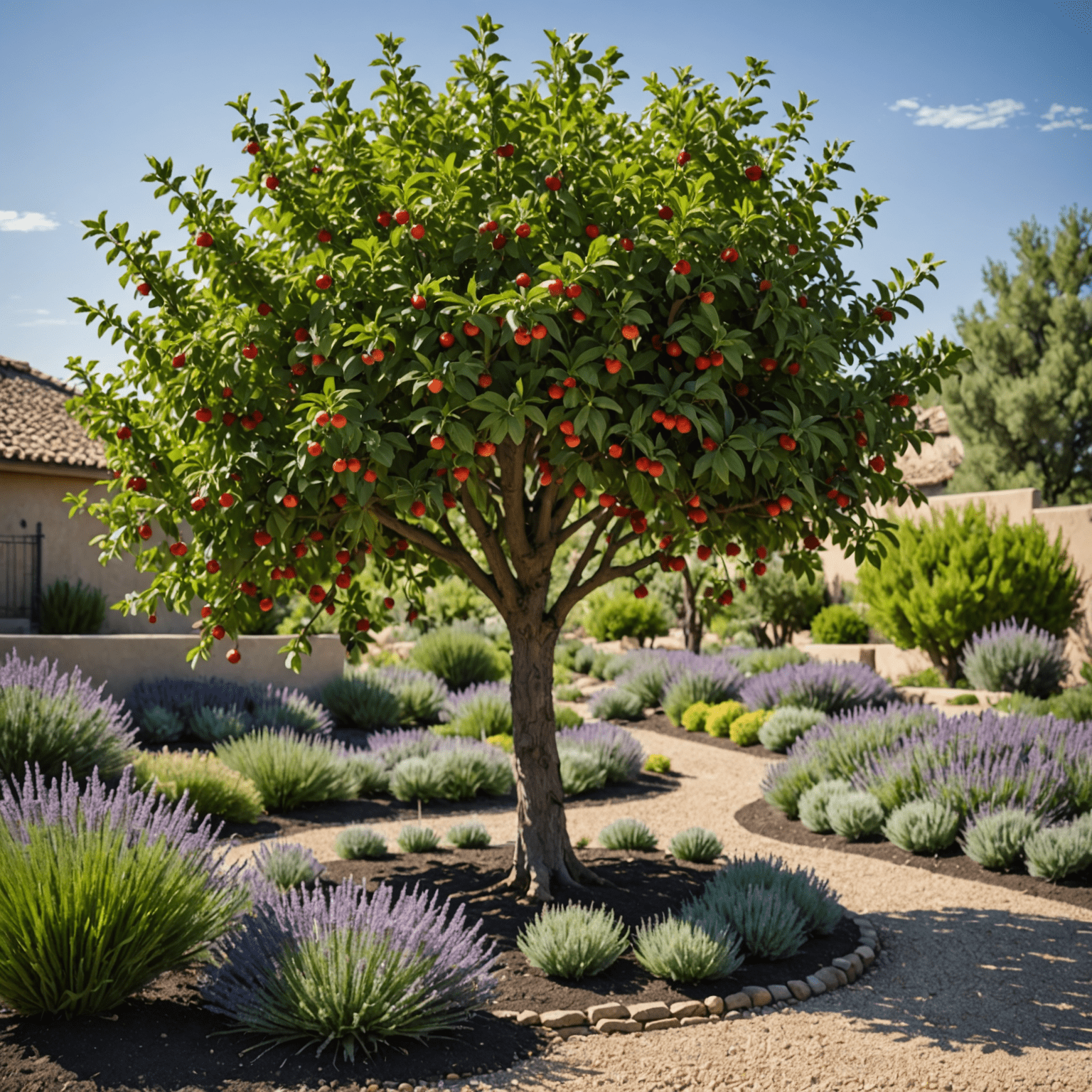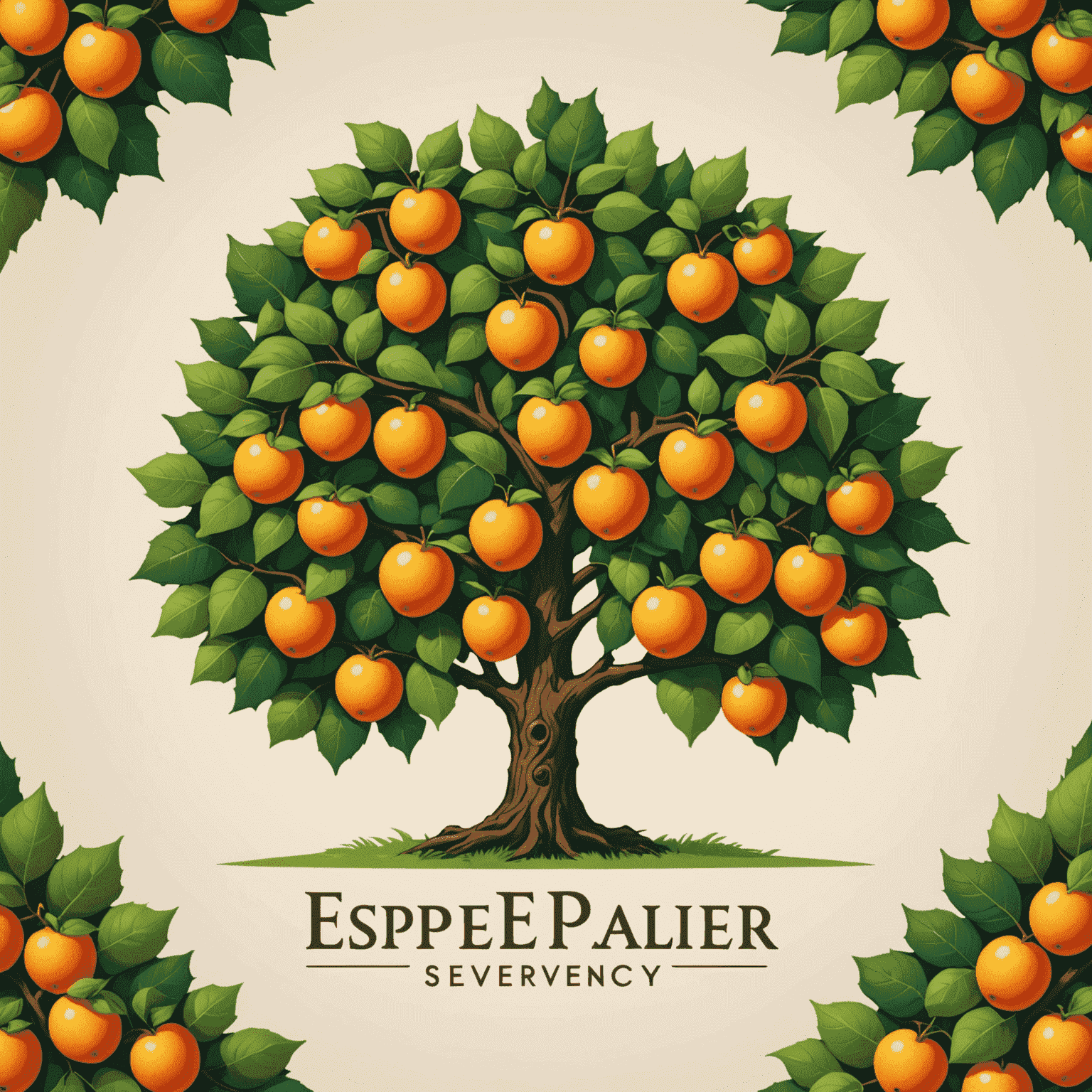Water-Saving Espalier Methods: Sustainable Fruit Tree Cultivation

Discover innovative ways to combine espalier techniques with water conservation strategies, revolutionizing sustainable fruit tree cultivation in compact spaces.
Espalier, the ancient art of training trees to grow flat against a wall or trellis, is not just a space-saving technique—it's a gateway to sustainable, water-efficient gardening. By integrating modern water conservation methods with traditional espalier practices, gardeners can create beautiful, productive, and eco-friendly fruit tree arrangements that thrive with minimal water usage.
1. Precision Drip Irrigation
One of the most effective water-saving techniques for espaliered trees is the use of precision drip irrigation. This system delivers water directly to the root zone, minimizing evaporation and ensuring that every drop counts. For espaliered trees, install a drip line along the base of the wall or trellis, with emitters placed at regular intervals to match the tree's root spread.

2. Mulching Techniques
Applying a layer of organic mulch around the base of your espaliered fruit trees can significantly reduce water evaporation from the soil. Use materials like wood chips, straw, or compost, maintaining a depth of 2-4 inches. Be sure to keep the mulch a few inches away from the trunk to prevent rot.
3. Rainwater Harvesting
Incorporate a rainwater harvesting system to capture and store rainwater for use during dry periods. Install gutters and downspouts on nearby structures to direct water into storage tanks. This collected water can then be used to irrigate your espaliered trees, reducing reliance on municipal water supplies.

4. Soil Moisture Sensors
Implement soil moisture sensors to optimize watering schedules. These devices measure the moisture content in the soil and can be connected to automated irrigation systems. By watering only when necessary, you can significantly reduce water waste while ensuring your espaliered trees receive precisely what they need.
5. Companion Planting
Integrate water-wise companion plants around your espaliered trees to create a microclimate that retains moisture. Low-growing herbs like thyme or oregano can act as living mulch, while deeper-rooted plants can help bring water up from lower soil layers. This permaculture approach not only conserves water but also promotes biodiversity and pest control.

Conclusion
By combining these water-saving methods with espalier techniques, gardeners can create stunning, productive, and sustainable fruit tree displays that thrive with minimal water input. These innovative approaches not only conserve precious water resources but also demonstrate that beautiful, fruitful gardens can coexist with eco-friendly practices. Embrace these methods to cultivate a water-efficient espalier garden that's both a feast for the eyes and a boon for the environment.
